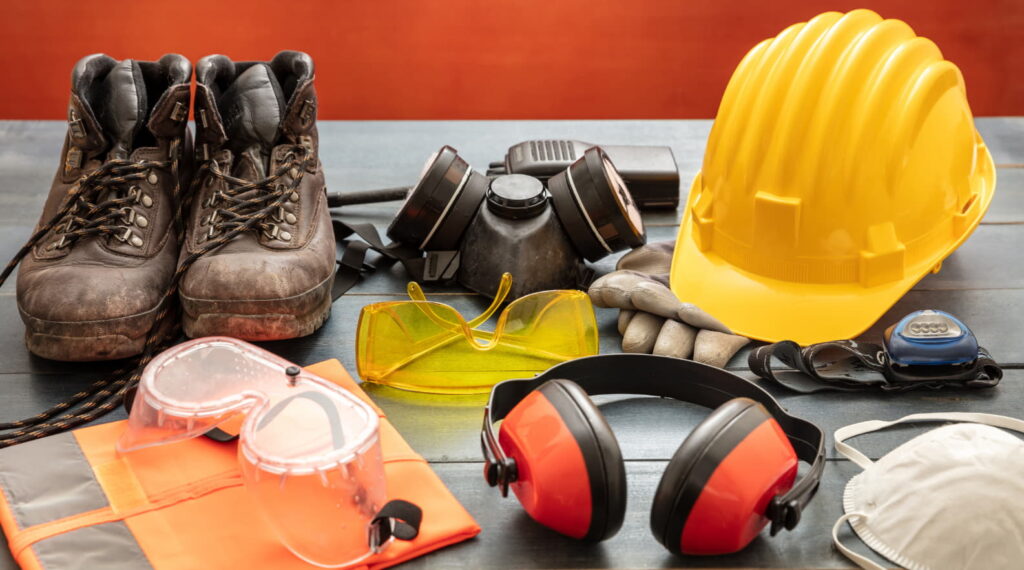Workplace safety is an essential component of any organization. Achieving a secure and hazard-free environment requires a keen focus on several key elements. Among these, industrial safety equipment plays a pivotal role in safeguarding employees and preventing workplace accidents.
The Paramount Importance of Industrial Safety Equipment
Workplace accidents can occur suddenly and unexpectedly, especially in industries that involve heavy machinery, hazardous materials, or high-risk tasks. This is where the critical role of safety gear comes into play.
Acting as a protective barrier between the worker and potential dangers, it significantly reduces the likelihood of injuries and fatalities. This reinforces the importance of its implementation in various work environments.
Diverse Types
Industrial safety equipment is a broad term encompassing various tools and gear designed to cater to different safety needs. Understanding these types can help ensure you equip your workplace with the right protective measures. These include:
-
Personal Protective Equipment (PPE)
Personal Protective Equipment, often called PPE, includes protective clothing and gear such as helmets, gloves, safety glasses, high-visibility clothing, safety footwear, and harnesses. Each piece of PPE is designed with a specific purpose – to shield workers from physical harm or other health risks.
-
Fire Safety Equipment
Fire safety equipment is an indispensable part of industrial safety. This category includes fire extinguishers, fire blankets, smoke detectors, and fire alarms. These tools are crucial in preventing fire-related incidents and promoting swift response during emergencies, potentially saving lives and valuable assets.
-
First Aid Kits
First aid kits are essential components of industrial protective equipment. They contain medical supplies capable of treating minor injuries or stabilizing more severe ones until professional medical help arrives. Thus, they play a critical role in immediate post-incident care.
The Necessity of Implementing Safety Measures
Possessing the right equipment is merely the initial step towards a safer workplace. It’s equally crucial to implement effective safety measures, which include:
-
Regular Safety Training
Employees should receive regular training on how to use equipment correctly. Additionally, routine drills can prepare them to respond effectively and calmly during emergency situations, enhancing overall workplace safety.
-
Routine Equipment Inspections
Routine inspections are necessary to identify potential hazards in the workplace and ensure that all equipment is in good working condition. These inspections can help prevent accidents by detecting and rectifying issues before they escalate into major problems.
-
Clear Safety Policies
Every organization should establish clear safety policies. These policies should outline the procedures to maintain a safe working environment, including the correct usage of protective equipment, emergency response steps, and reporting procedures for potential safety concerns.
The Vital Role of Employers in Ensuring Safety
Employers bear a significant responsibility in ensuring workplace safety. They must provide the necessary equipment and ensure that workers are adequately trained to use it.
Further, they should foster a culture of safety where every employee understands the importance of following safety protocols and is motivated to contribute to a safer working environment.
Conclusion
In conclusion, creating a secure workplace environment involves much more than just procuring the right industrial safety equipment. It demands a comprehensive approach that includes implementing effective safety measures and conducting regular safety training and inspections.
By doing so, employers not only protect their employees but also contribute to creating a safer, healthier, and more productive work environment.


